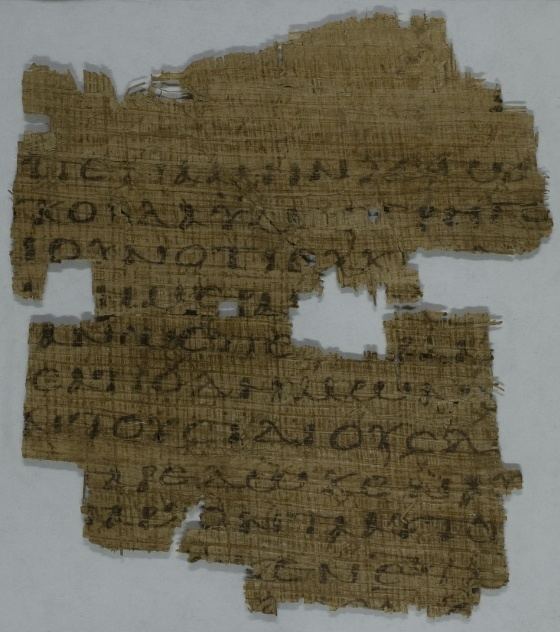Order in the Bible part 1 | Category Gospel | |
 | ||
Matthew 25, the twenty-fifth chapter of the Gospel of Matthew, consists of three parables of Jesus:
Contents
According to Jason Hood, writing in the Journal of Biblical Literature, chapters 23 to 25 of the Gospel of Matthew “uniquely infuse Jesus’…teaching on discipleship, Christology, and judgment with the dramatic tension…throughout Matthew’s plot”. The three parables in Matthew 25 examine the procedure and preparation required to enter heaven.
The Narrative
Matthew 25:1-13, New American Bible translation
The Narrative
Matthew 25:14-30, New American Bible translation
Commentary on the parable
The good servants are considered “good” by their master because they felt the responsibility of their assignment and went to work without delay. As a result of this work, the master increased their responsibility. It seems as though a part of the good servants’ reward included a share in the master’s joy for their work. This sets the good servants apart from the idle servant. The good servants diligently worked even in the absence of the master. The third servant is shamed by his master because his irresponsibility demonstrates his lack of love.
The Narrative
Matthew 25:31-46, New American Bible translation
Commentary on the parable
Sigurd Grindheim, writing in the Catholic Biblical Quarterly suggests that this parable connects to the Sermon on the Mount because it shows the importance of right attitude leading to right action. Several Christian scriptures are addressed in this parable. Biblical scholars believe that “least of my brothers” refers only to Christian believers and not to all peoples. This interpretation would mean that any act of kindness done to Christ’s followers is essentially done for Christ. This implies a ramification: some people who receive salvation will be surprised because they did not personally follow Jesus, but supported his believers and helped Christ in this way. Scriptural commentator John Bollan said in regard to this passage, “the quality of our lives and our discipleship are measurable by the standards of love and the extent to which we translate this sentiment into action”. Using this as a basis for scriptural interpretation, the love shown toward Jesus’ followers promotes his mission, and allows for even the pagans to be saved. There is a sense that judgment will come through God asking “what have you done for my people”. The key to this parable is that the sheep and the goats are not surprised at their placement in heaven and hell, but at the reasons for their placement.
